Different Swimming Strokes and Their Benefits
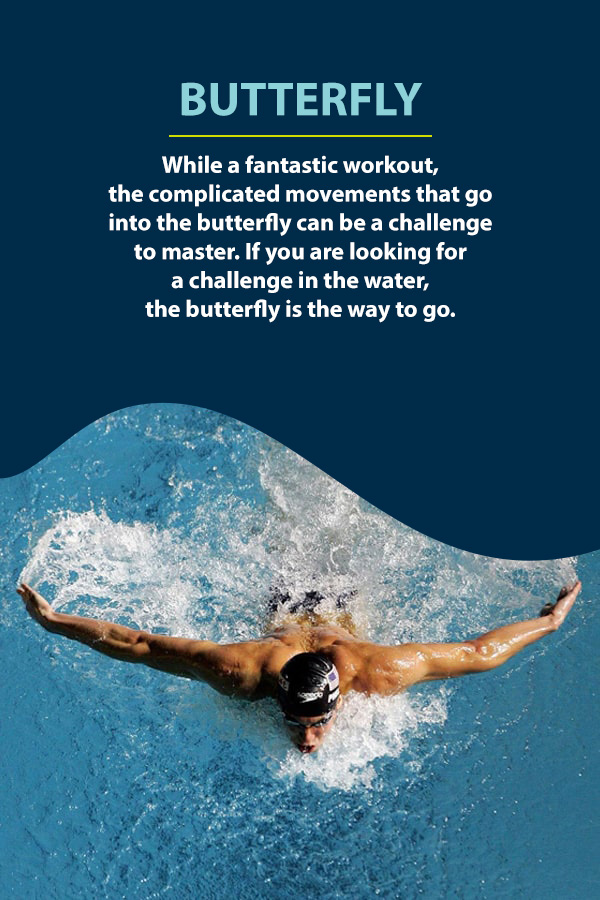

Different Swimming Strokes and Their Benefits
Competitive swimmers race in a variety of different swimming strokes. The freestyle and butterfly races are some of the most highly anticipated events at the Olympics. But, you don't have to be a professional or competitive swimmer to enjoy the benefits of swimming. Learn about the benefits of different swimming strokes to help you decide how you want to do your laps in the pool.
1. Freestyle
 Freestyle is probably the most well-known of the swimming strokes. Here is what you need to know about performing this stroke and its benefits:
Freestyle is probably the most well-known of the swimming strokes. Here is what you need to know about performing this stroke and its benefits:
Freestyle Stroke Technique
Freestyle is also known as the front crawl. When swimming this stroke, your body will be in a prone position on your stomach and face toward the water. Both your arms and legs will pull you through the water, while your torso remains stable. Your arms will move in an alternating fashion. One arm will arc up out of the water while the other is on the downswing, close to your torso in the water. Each arm will reenter the water at an angle, fingers held straight and together, to minimize resistance. While your arms pull you forward through the water, your legs will be hard at work too. You will use the flutter kick to complete the freestyle stroke technique. The flutter kick is achieved by constantly moving your legs in a tight, scissor-like movement beneath the water. Your knees will bend slightly, but your legs will remain relatively parallel to the surface beneath you at all times. You can adjust the number of kicks per complete cycle of arm movement depending on how quickly you want to swim. Your legs are an important part of freestyle, but keep in mind that they provide just about 10 percent propulsion in the bodies of practiced swimmers. Freestyle often looks intimidating to inexperienced swimmers because it requires you to put your face in the water. Once you get used to putting your face in the water, adding breathing to the freestyle cycles is relatively easy. As one arm swings up and out of the water, you simply turn your face to the side and take a breath. As the arm comes down, lower your face back into the water. Some swimmers alternate sides when it comes to breathing while others stick to one side.
Benefits of Freestyle Stroke
You can burn hundreds of calories with just a half an hour of swimming freestyle. What are the biggest benefits of this stroke? Freestyle, favored by long-distance swimmers, is considered the most efficient stroke. Freestyle takes you farther than other strokes without expending more energy. If you like to set your swimming workouts to a lap count, this will help you reach your goal faster. Freestyle also gives you a full body workout. It works the muscles in your arms, legs, core and back. If you are looking for a particular swimming stroke to tone your back muscles, freestyle is definitely the way to go. While freestyle has multiple benefits, keep in mind that this stroke can be more difficult to master than other options, such as breaststroke. Shop Swimwear
2. Breaststroke
The best swimming stroke is a matter of opinion. If you are new to swimming, breaststroke might be the easiest place to start. Breakstroke is also a good option for anyone looking for a slower alternative to freestyle. Here is what you need to know about breaststroke technique and benefits:
Breaststroke Technique
Like freestyle, breaststroke involves separate movements for your arms and legs. Your body is in the same horizontal position as it is during freestyle, but you will use different motions to propel yourself through the water. Your arms will together at the same time in a half-circular motion underneath the water. Your arms, bent at the elbow, will sweep apart and then together again toward your chest, remaining underwater the entire time you swim this stroke. As your arms move in this rhythm, your legs will be busily pushing you forward with a technique known as the whip kick or the frog kick. When executing this kick, your legs should be behind you approximately hip-distance apart. With your knees bent and your feet flexed, kick your legs apart and then sweep them together again to form one smooth line. Repeat this motion in concert with the arm movement. The optimal rhythm allows your arms to rest while you kick and vice versa. The final piece of breaststroke is your breathing. It is possible to complete the arm and leg motions of this stroke with your head completely above water. If you want to add in the breathing technique to complete the stroke, you will duck your head beneath the water each cycle of the stroke. Use your shoulders to lift your head out of the water and take a breath. As your arms sweep forward in the water, all your shoulders to drop and take your head under the water once again.
Benefits of Breaststroke
If you are looking for swim stroke advantages, there is a lot to love with breaststroke. For every 30 minutes of swimming breaststroke, you will burn approximately 200 calories. Breastroke is considered the easiest stroke to learn, which means you can concentrate on the workout without worrying too much if you are getting your movements just right. Plus, if you aren't comfortable putting your face in the water, you can still swim this stroke. Like all swim strokes, breaststroke works multiple different muscle groups. This swimming style is a particularly good option for working your chest muscles and your hamstrings. Your thigh muscles, core muscles and arm muscles will also benefit from breaststroke. Breastroke is also a great cardio workout. Breaststroke is the slowest swimming stroke, which may be a con for people who prefer speed. Yet, this can be considered positive. Because it is so slow, breaststroke can be done for longer periods of time, serving as an endurance workout. more.
3. Backstroke
 Unlike with most other swimming strokes, your face will not be in the water during the backstroke. Instead, you will be on your back in the water, just as the name suggests. Here are some tips on perfecting your backstroke technique and reaping the benefits of this stroke:
Unlike with most other swimming strokes, your face will not be in the water during the backstroke. Instead, you will be on your back in the water, just as the name suggests. Here are some tips on perfecting your backstroke technique and reaping the benefits of this stroke:
Backstroke Technique
You can think of backstroke as almost the mirror image of freestyle. Instead of facing downward, you will face upward in the water. You will remain in this horizontal position, looking upward, as you move your arms and legs. Your arms will propel you forward with a windmill-like motion. One arm will come up out of the water and go overhead, while the other sweeps forward beneath you in the water. You will move by alternating this motion — one arm comes up and the other goes down. Keep your arms close to your ears as they come back down into the water. Additionally, you will want to keep your arms as straight as possible and your fingers close together to minimize resistance. Try to keep your hips from dropping into the water. Too much sag in your hips will slow your forward momentum. As your arms pull you through the water, your legs will be using the same flutter kick performed during freestyle. Your legs will be slightly bent as you kick in a flurry of alternating motion. You can decide on the frequency of kicks depending on how fast you want to move. The beauty of backstroke is that you only need to concentrate on your arm and leg movements. There is no breathing technique to worry about because your face is always above the water.
Benefits of Backstroke
Swimming backstroke will burn approximately 250 calories in 30 minutes. The pros and cons to swim strokes can often depend on what you are looking to get out of your time in the water. Backstroke offers plenty of benefits distinct from other strokes. For example, backstroke can help improve your posture since your muscles need to work to keep your back straight in the water. It can also help improve your hip flexibility. Just like other swimming strokes, it will also work your arm, leg and core muscles. The position of your head is one small downside of backstroke to consider. Since your line of sight is directed upwards, rather than in front of you, some people feel slightly nervous not being able to see where they are going in the water. You can overcome this by counting how many strokes it takes to complete a lap. Shop Swimwear
4. Sidestroke
 Sidestroke can be done on your own or with the help of a kickboard. You may be less familiar with this stroke because it is not used during competitive events. Here is a look at the technique and benefits of sidestroke:
Sidestroke can be done on your own or with the help of a kickboard. You may be less familiar with this stroke because it is not used during competitive events. Here is a look at the technique and benefits of sidestroke:
Sidestroke Technique
Just like the name suggests, you will swim this stroke on your side. Begin by positioning your body on one side in the water. Stretch the arm beneath that side of your body forward in the water. The arm on top will rest on top of your horizontally positioned body. Rest your head on the arm stretched out straight in front of you. Your head will not move from this position the entire time you swim sidestroke. Since your face does not enter the water, you will not have to worry about your breathing technique. Both of your arms will move during sidestroke. The arm stretched out in front of you is referred to as your lead arm. Your lead arm and the arm resting on the side of your body will both sweep downwards through the water, bent at the elbow. Your hands will come toward one another in front of your chest and then sweep upwards back to the straight, starting position. During sidestroke, most of your forward momentum will come from your legs. You will move your legs using a scissor kick, which means your legs move back and forth beneath the water in an alternating motion. As you kick, your arms will move toward one another and then back to a straight position.
Benefits of Sidestroke
You can burn more than 200 calories swimming sidestroke for 30 minutes. While not a competitive stroke, sidestroke is often used by lifeguards to perform in-water rescues. So, knowing how to swim sidestroke can come in handy if you are ever in an emergency situation. You will use your arm and leg muscles to propel you forward, while you will work your core muscles to maintain a smooth, horizontal position in the water. From purely an exercise standpoint, sidestroke allows you to keep your face out of the water while working multiple muscle groups.
5. Butterfly
 Of all the different swimming strokes, the butterfly is probably the most challenging. Butterfly requires a great deal of strength and coordination that takes time to develop. Here is what you should know about this swimming stroke:
Of all the different swimming strokes, the butterfly is probably the most challenging. Butterfly requires a great deal of strength and coordination that takes time to develop. Here is what you should know about this swimming stroke:
Butterfly Stroke Technique
The butterfly is named for the way a swimmer's arms move while swimming this stroke. Your arms arch up and out of the water together, looking like a pair of wings. Your body is in the same horizontal position as required by freestyle and breaststroke. You begin by placing your arms out in front of you, your thumbs facing down toward the water. Sweep your arms down and out with your elbows slightly bent. Your arms should form a Y-shape in front of your body. Pull your arms back through the water, parallel to your body. Next, you will pull them back up out of the water and begin the cycle again. As your arms move through this cycle, your legs will be continuously moving using a technique known as dolphin kick. During dolphin kick, your legs remain zipped together in one smooth line. The legs move up and down together, pushing you forward in the water. The heels and soles of your feet will break the surface of the water as you kick upward. You will kick down as your arms reenter the water and sweep down. The breathing technique for butterfly is similar to that of breaststroke. You will use your shoulder muscles to bob your head up out of the water and back down. You should come up to breathe as your arms are recovering and preparing to sweep back up again.
Benefits of Butterfly Stroke
The butterfly burns the most calories of any swimming stroke, approximately 450 calories for every 30 minutes of swimming. This stroke is an excellent option for combining core and upper body training. During this stroke, you challenge your core muscles to keep your body stable as your arms and legs move simultaneously. You also work your arm, chest and upper back muscles to raise both of your arms up out of the water and over your head. Your body's position during the butterfly also helps improve overall flexibility. While a fantastic workout, the complicated movements that go into the butterfly can be a challenge to master. If you are looking for a challenge in the water, the butterfly is the way to go.
Get Swim Gear at Kiefer
Which swim stroke provides the best exercise? It depends on your goals and preferences. No matter how what stroke you use, you need the proper gear to get into the water. Shop Kiefer for suits, goggles and more. Shop Swimwear


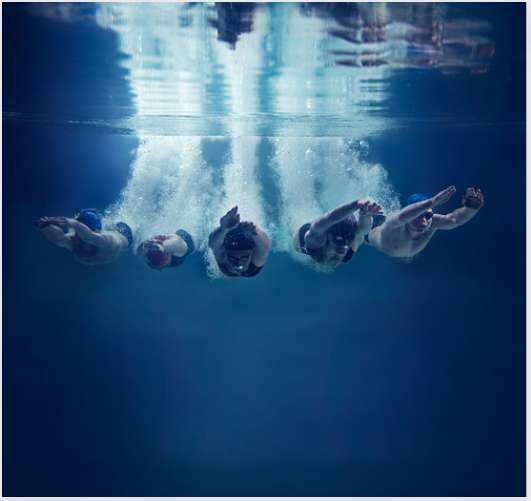
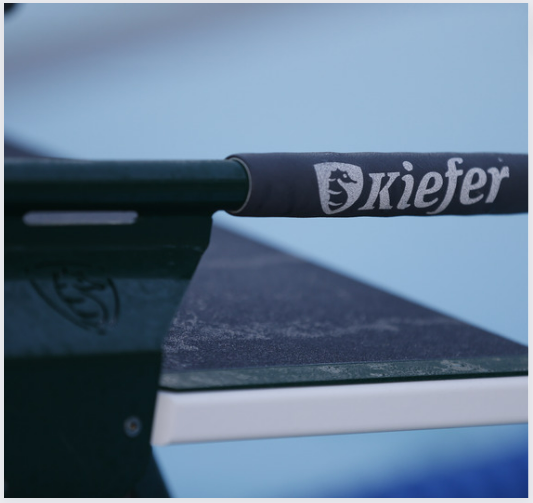
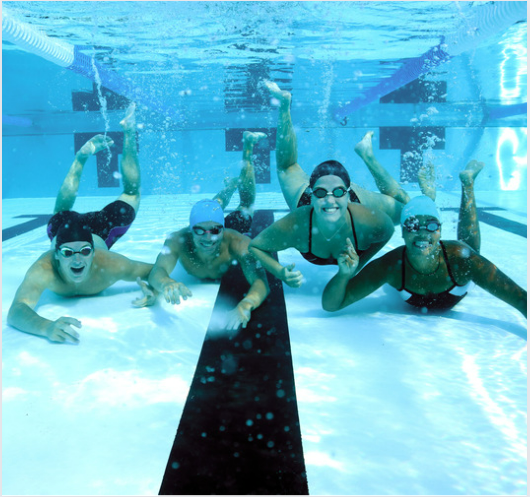
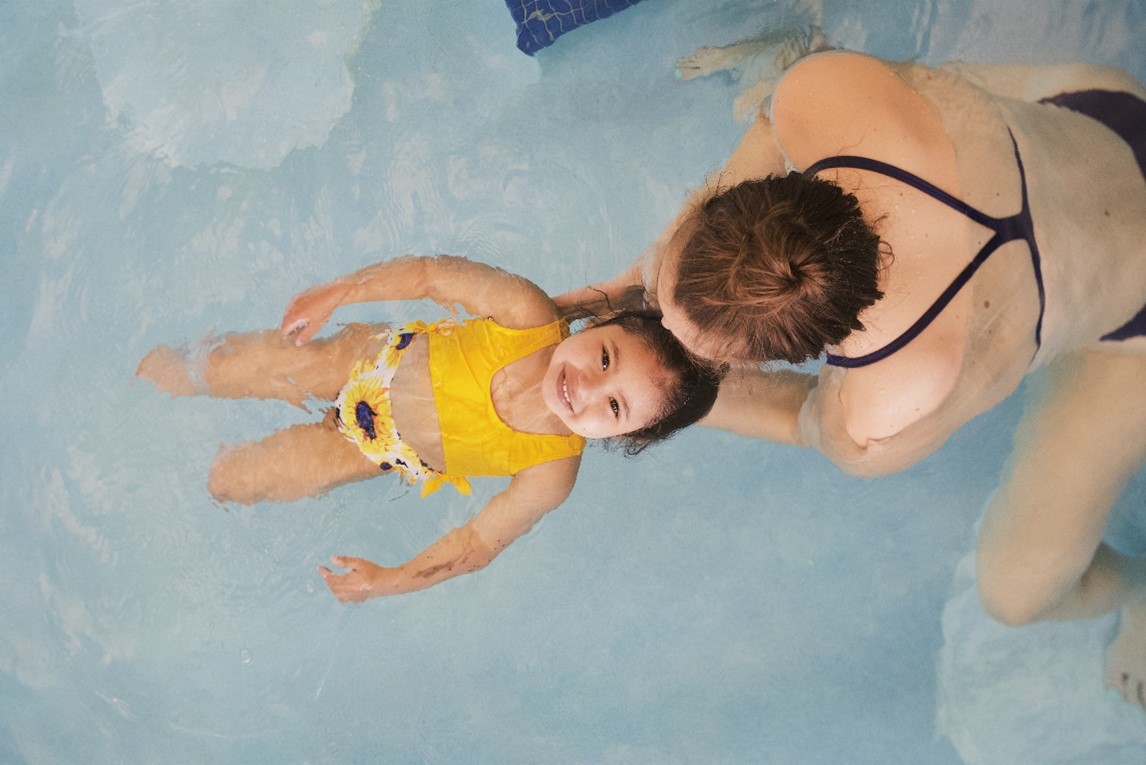

Leave a Comment
Your email address will not be published. Required fields are marked *